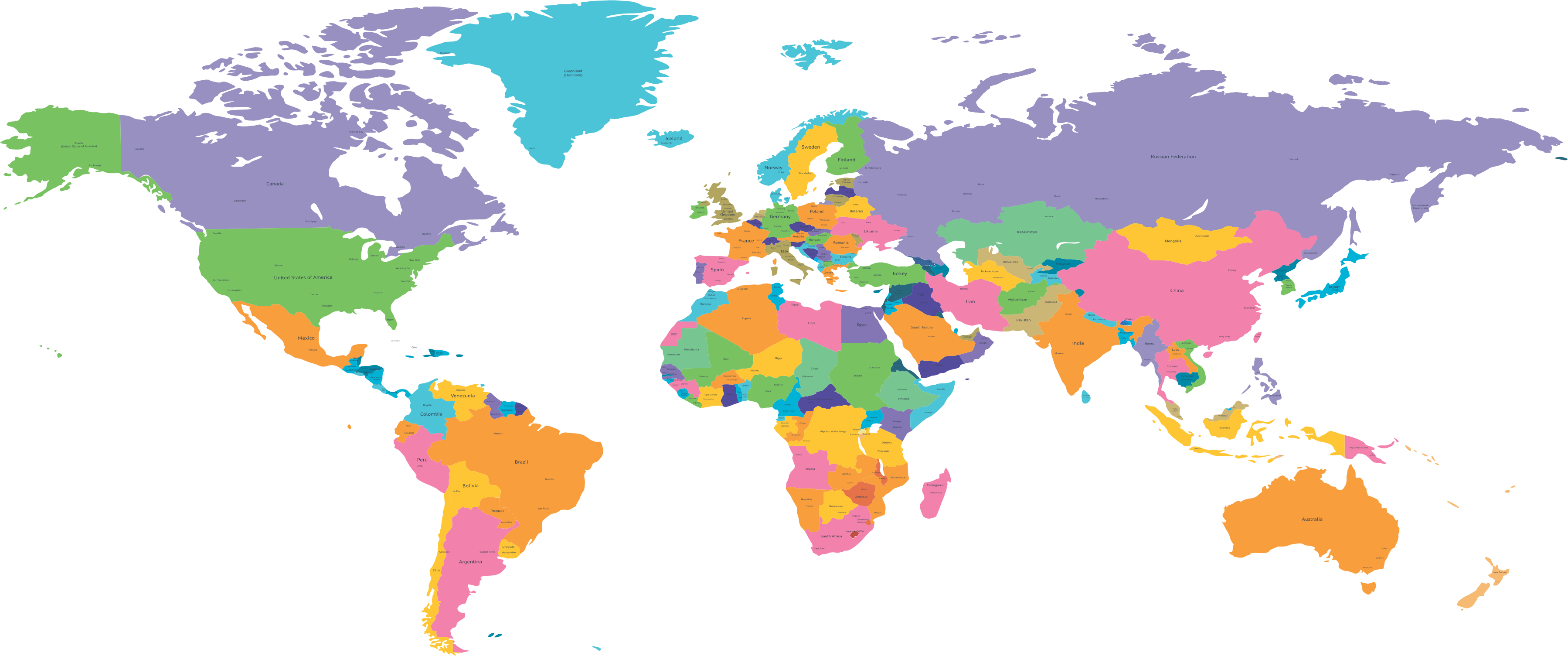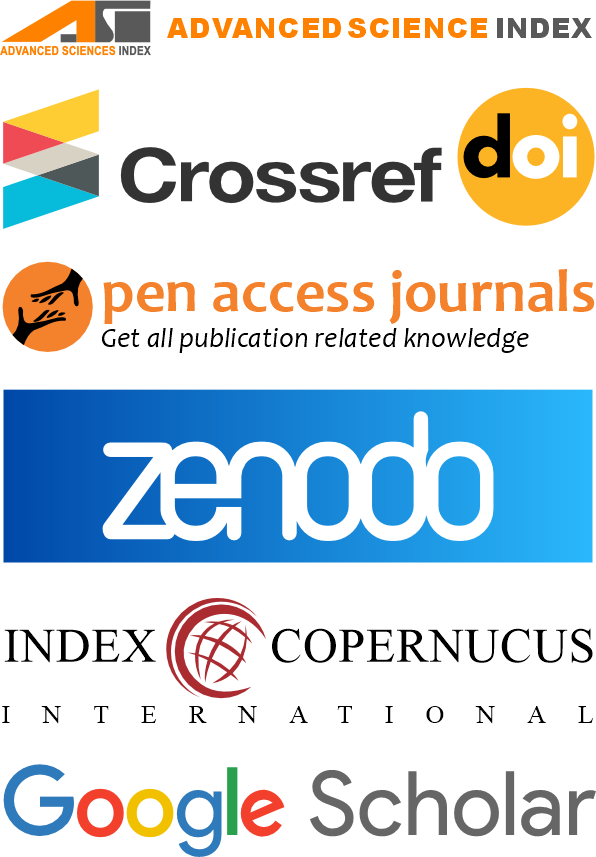Classroom Assessment Practices at Secondary Schools: Teachers’ Perspective
DOI:
https://doi.org/10.62997/rl.2024.31041Keywords:
Classroom, Assessment, Impact, Practices, Secondary Schools, QuettaAbstract
This research looked into how instructors in Quetta, Balochistan's secondary schools felt about classroom assessment procedures. The study employed a descriptive survey approach, and the sample size was chosen from the target population using stratified random sampling and purposive sampling. These two objectives guided the study: to find out teachers' practices of classroom assessment at the secondary level and to measure the impact of teachers' assessment practices on students' learning achievement. Teachers' surveys at the chosen schools were used to gather data, and a self-made questionnaire was used to gauge students' academic performance. Descriptive statistics were used to examine the data. The research produced a somewhat detailed account of these instructors' assessment procedures. According to this, instructors were competent in evaluating students' learning; nevertheless, they did not indicate a desire to apply the learning taxonomy's assessment objectives. According to the study, all facets of learning assessment require training and demand.
References
Abd Halim, H., Hamzah, M. I., & Zulkifli, H. (2024). Secondary school teachers’ conceptions of assessment: A systematic review. International Journal of Educational Research, 124, 102311. https://doi.org/10.1016/j.ijer.2023.102311
Brookhart, S. M. (2023). Classroom Assessment Essentials. ASCD.
Bui, H. P., & Nguyen, T. T. T. (2024). Classroom assessment and learning motivation: insights from secondary school EFL classrooms. International Review of Applied Linguistics in Language Teaching, 62(2), 275-300. https://doi.org/10.1515/iral-2022-0020
Constantinou, C., & Wijnen-Meijer, M. (2022). Student evaluations of teaching and the development of a comprehensive measure of teaching effectiveness for medical schools. BMC Medical Education, 22(1), 113. https://doi.org/10.1186/s12909-022-03148-6
Creswell, J. W. (2003). Research design: Qualitative, quantitative, and mixed methods approach (2nd ed.). SAGE Publications.
Creswell, J. W. (2012). Educational research: Planning, conducting and evaluating quantitative and qualitative research (4th ed.). Pearson Education Inc.
Creswell, J. W. (2018). Research design: Qualitative, quantitative, and mixed methods approach (5th ed.). SAGE Publications.
Dignath, C., van Ewijk, R., Perels, F., & Fabriz, S. (2023). Let learners monitor the learning content and their learning behavior! A meta-analysis on the effectiveness of tools to foster monitoring. Educational Psychology Review, 35(2), 62. https://doi.org/10.1007/s10648-023-09718-4
Hossan, D., Dato’Mansor, Z., & Jaharuddin, N. S. (2023). Research population and sampling in quantitative study. International Journal of Business and Technopreneurship (IJBT), 13(3), 209-222. https://doi.org/10.58915/ijbt.v13i3.263
Kubiszyn, T., & Borich, G. D. (2024). Educational testing and measurement. John Wiley & Sons.
Leavy, P. (2022). Research design: Quantitative, qualitative, mixed methods, arts-based, and community-based participatory research approaches. Guilford publications.
Martinah, M., Putra, A. Y., & Indrawati, S. W. (2023). The Influence of the Independent Learning Curriculum and Teacher’s Performance on The Learning Outcomes of Public High School Students in Kayuagung Sub-District. Journal of Social Work and Science Education, 4(3), 647-656. https://doi.org/10.52690/jswse.v4i3.603
Mwema, J. N. (2023). Classroom Assessment Practices in Public Secondary Schools Regarding Academic Performance (Doctoral dissertation, University of Nairobi).
Nguyen, A. N., Nguyen, T. P., Kieu, K. T., Nguyen, Y. T. H., Dang, D. T., Singer, J., ... & Lambrechts, W. (2022). Assessing teacher training programs for the prevalence of sustainability in learning outcomes, learning content, and didactic approaches. Journal of Cleaner Production, 365, 132786. https://doi.org/10.1016/j.jclepro.2022.132786
Stantcheva, S. (2023). How to run surveys: A guide to creating your own identifying variation and revealing the invisible. Annual Review of Economics, 15(1), 205-234. https://doi.org/10.1146/annurev-economics-091622-010157




